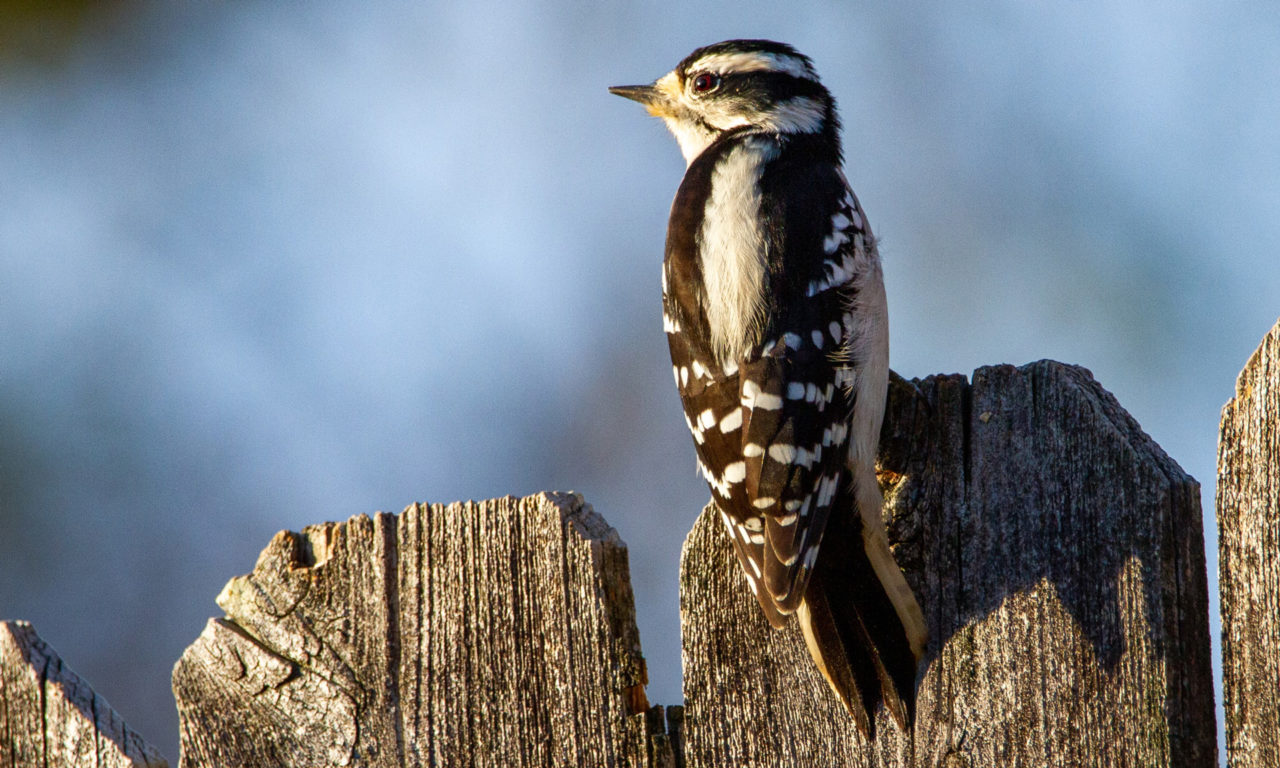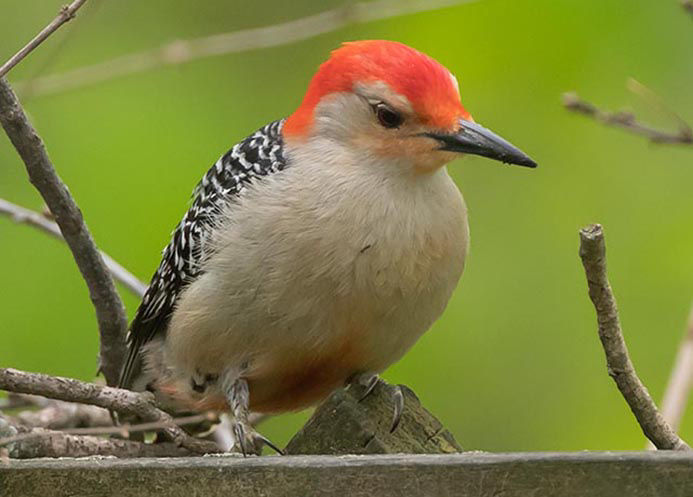Woodpeckers: A Comprehensive Overview to Understanding These Special Birds
Woodpeckers, with their distinct actions and physical attributes, have actually long captivated the inquisitiveness of ornithologists and nature fanatics alike. From their rhythmic drumming resembling with the timbers to their amazing adjustments for scaling tree trunks easily, these birds present an interesting study in bird biology. What really establishes woodpeckers apart is not just their striking appearance but likewise their crucial function in maintaining the delicate balance of communities. As we discover the intricate makeup, diverse species, and eco-friendly relevance of woodpeckers, a much deeper gratitude for these distinct birds and the secrets they hold unravels.

Woodpeckers' Drumming Habits
Woodpeckers exhibit a rhythmic and precise drumming habits that offers numerous important functions in their day-to-days live. This habits is largely related to interaction, area protection, and foraging. The distinct drumming audio is produced by the fast pecking of their beaks versus difficult surfaces such as tree trunks, branches, or perhaps metal things.
Interaction is a vital facet of woodpecker habits, and drumming plays a substantial function in this process. Woodpeckers use drumming to establish their presence, draw in companions, and maintain contact with their companions and offspring. The regularity, intensity, and duration of drumming sequences convey certain messages to various other woodpeckers in the location.
In enhancement to interaction, woodpeckers make use of drumming habits for region protection. Woodpeckers in Florida. The loud and repetitive drumming offers as an advising to potential intruders, indicating that the location is already declared. By developing their area via drumming, woodpeckers reduce the probability of problems over valuable sources such as food and nesting websites
Additionally, woodpeckers additionally use drumming as a foraging strategy. The balanced pecking aids them locate pests concealing below the bark of trees by creating resonances that disrupt the prey's cover-up. This habits showcases the versatility and resourcefulness of woodpeckers in using their drumming abilities for several vital purposes.
Distinct Adjustments for Tree Climbing
Having actually mastered the art of drumming to connect, safeguard region, and forage, woodpeckers have actually advanced unique adjustments that promote their remarkable climbing capabilities in their arboreal environments. One key adaptation is their customized feet. Woodpeckers have zygodactyl feet, with 2 toes pointing ahead and two toes aiming backward. This plan offers a strong grip on the upright surface areas of trees, permitting them to stick easily while foraging for pests or drumming. In addition, woodpeckers possess stiff tail feathers that work as a prop to support their bodies as they climb. These tail feathers offer stability and equilibrium, enabling woodpeckers to maneuver up tree trunks with precision and dexterity.
Furthermore, woodpeckers have powerful neck muscular tissues and a distinct head framework that help in their climbing capabilities. Their solid neck muscles allow them to swiftly peck at tree bark without experiencing whiplash, while their thick skull and tiny mind function as shock absorbers, protecting them from the effect of duplicated drumming. These adaptations collectively make it possible for woodpeckers to browse the vertical globe of trees with efficiency and elegance.

Duty of Woodpeckers in Communities
Playing a crucial role in woodland environments, woodpeckers add substantially to the balance and health of their environments with their distinct behaviors and communications with various other types. Among the vital eco-friendly features of woodpeckers is their duty in regulating insect populations. By foraging for pests under the bark of check my reference trees, woodpeckers help manage insect populaces, protecting against outbreaks that might damage the total wellness of the forest. Furthermore, woodpeckers develop dental caries in trees that act as crucial nesting websites for a range of various other bird species, promoting biodiversity within the community.
Furthermore, the drumming and vocalizations of woodpeckers play a crucial function in interaction and region establishment. These sounds not just offer to attract mates but additionally aid define boundaries between different woodpecker territories, decreasing problems and advertising an unified coexistence within the woodland neighborhood. Generally, the presence of woodpeckers in woodland environments highlights their relevance as keystone types, influencing the characteristics and operating of these environments in multifaceted ways.
Composition: Specialized Beaks and Feet
In the detailed web of forest environments, the specialized beaks and feet of woodpeckers are vital adaptations that enable them to accomplish their crucial eco-friendly roles. Woodpeckers have special anatomical attributes that are specifically made to assist them in their foraging and nesting actions.
One of the most unique function of woodpeckers is their solid, chisel-shaped beaks. These beaks are flawlessly adjusted for boring into wood to reveal insects, larvae, and sap surprise underneath the bark of trees. The strong muscles and strong structure of their beaks enable woodpeckers to peck at a price of up to 20 times per secondly without causing damages to their heads.
In addition, woodpeckers have specialized feet that help in their acrobatic climbing abilities. Their feet have 2 toes directing onward and two toes aiming backwards, offering a solid grip on upright surface areas (Woodpeckers in Florida). This one-of-a-kind foot arrangement, in addition to rigid tail plumes that act as an encouraging prop, allows woodpeckers to cling to tree trunks and branches effortlessly while they search for food or excavate nesting tooth cavities
Woodpecker Types Diversity
Woodpeckers are a varied group blog here of birds found throughout numerous ecological communities worldwide, with over 200 recognized species find more exhibiting adjustments to different atmospheres. Woodpeckers have progressed to populate an array of atmospheres, from forests and forests to meadows and deserts, each offering one-of-a-kind difficulties that have affected the evolution of distinct woodpecker species.
These adaptations allow woodpeckers to forage efficiently in their respective environments, minimizing competitors among types and promoting specific niche differentiation. In addition, geographic isolation and historical aspects have played a duty in forming the circulation and variety of woodpecker types, leading to the wide selection of specialized adaptations seen in these fascinating birds.

Conclusion
In verdict, woodpeckers are remarkable birds that exhibit special drumming actions, specialized adaptations for tree climbing, and play vital roles in communities. With a diverse range of woodpecker types found worldwide, these birds are necessary for preserving the wellness and equilibrium of woodlands and timberlands.